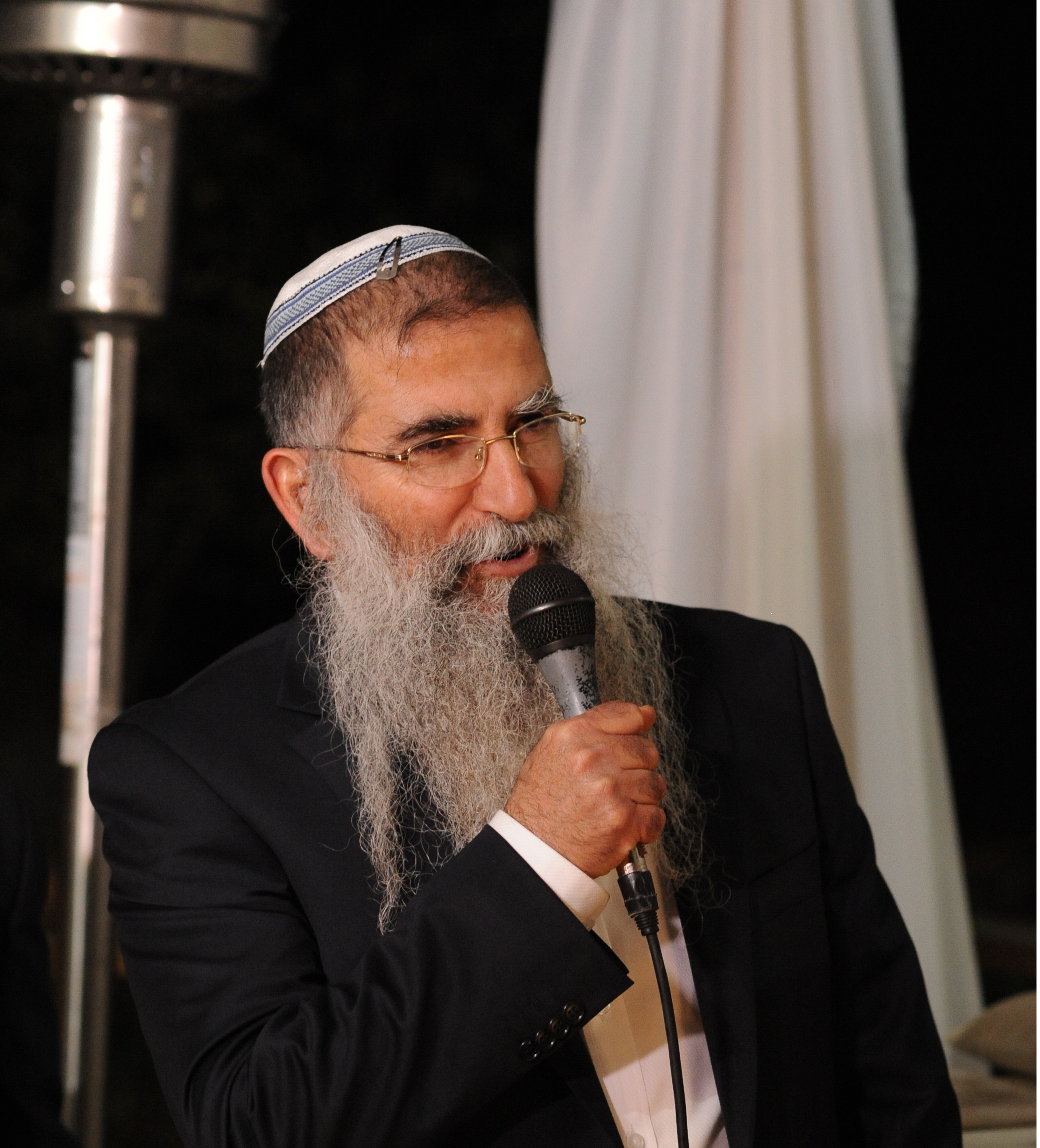Beit Midrash
- Torah Portion and Tanach
- D'varim
- Vayelech
The Torah study is dedicatedin the memory of
Asher Ben Haim
In the middle of an apparent address to Moshe, Hashem says "Now, you (plural) write for you (plural) the words of this song and teach it (singular) to Bnei Yisrael, place it (singular) in their mouth so that this song will be testimony for Me to Bnei Yisrael" (ibid.:19). Who is referred to when using the plural for the writing and why does the language revert to the singular in regard to the teaching?
The Ramban explains that the reference is to Yehoshua in addition to Moshe, as he was involved in writing the "song" (of "Ha’azinu"), even though Moshe actually wrote it (ibid.:22). Yet, Moshe is mentioned alone in the teaching, even though Yehoshua also took part (ibid. 32:44). For this reason, the Netziv rejects the Ramban’s explanation.
The Netziv says that the plural for the writing includes the mitzva for all generations to write a sefer Torah. Thus, the Torah is writing on two levels simultaneously. Moshe should write Ha’azinu, and Bnei Yisrael should write sifrei Torah. He also explains that Yehoshua’s part in teaching the nation was technical. As this was the only section of the Torah to be taught to the nation only after it was written, Moshe taught it in a natural manner without the miracle of Hashem "speaking through his throat." Thus, Yehoshua had to help him project so that all could hear. As his task was technical, he is even referred to by his mundane name, Hoshea.
Let us return to the Ramban and try to understand why Yehoshua’s presence at Moshe’s writing made him fit to be included in the command to write. We wrote in the past that the fact that this section of the Torah was written before it was orally transmitted had special significance. It symbolized a new period in history, when the source of Hashem’s word would be the written Torah and the oral tradition that explains it. This was a stark change from the prospect of relying on a person to provide a direct link to Hashem and His word. Yehoshua was the first Torah authority who represented the idea of relying on his Torah study. Thus it was his presence at Moshe’s writing of the Torah that symbolically gave the event its special historical significance. This element epitomizes the famous mishna in Pirkei Avot (1:1): "Moshe received the Torah at Sinai and passed it on to Yehoshua." In contrast, regarding the teaching, this section of the Torah, like all others, was reserved to Moshe, who had to teach all of the Torah to Bnei Yisrael. Yehoshua’s involvement in that did not take away from Moshe’s prominence nor constitute a new stage in history.
























